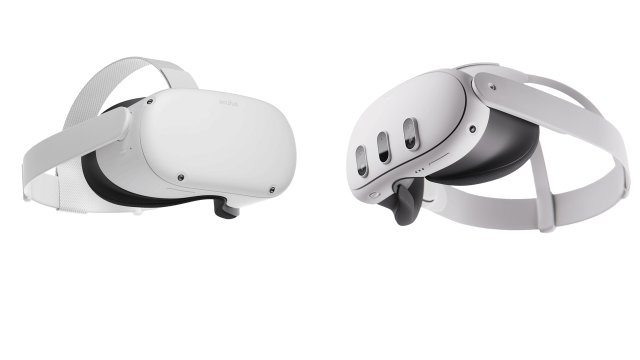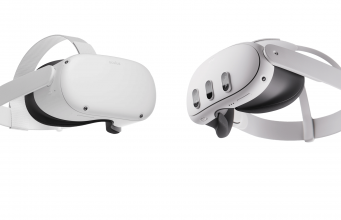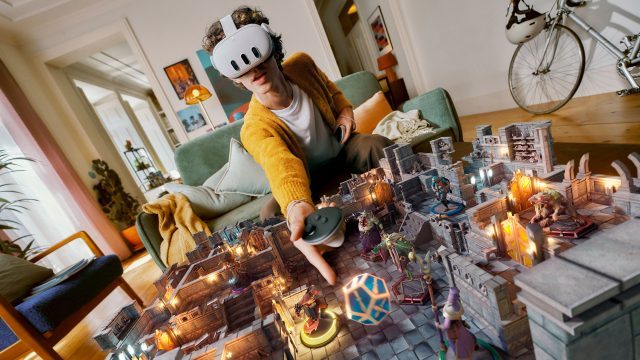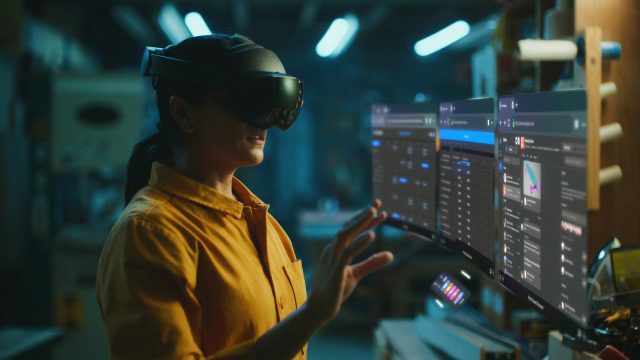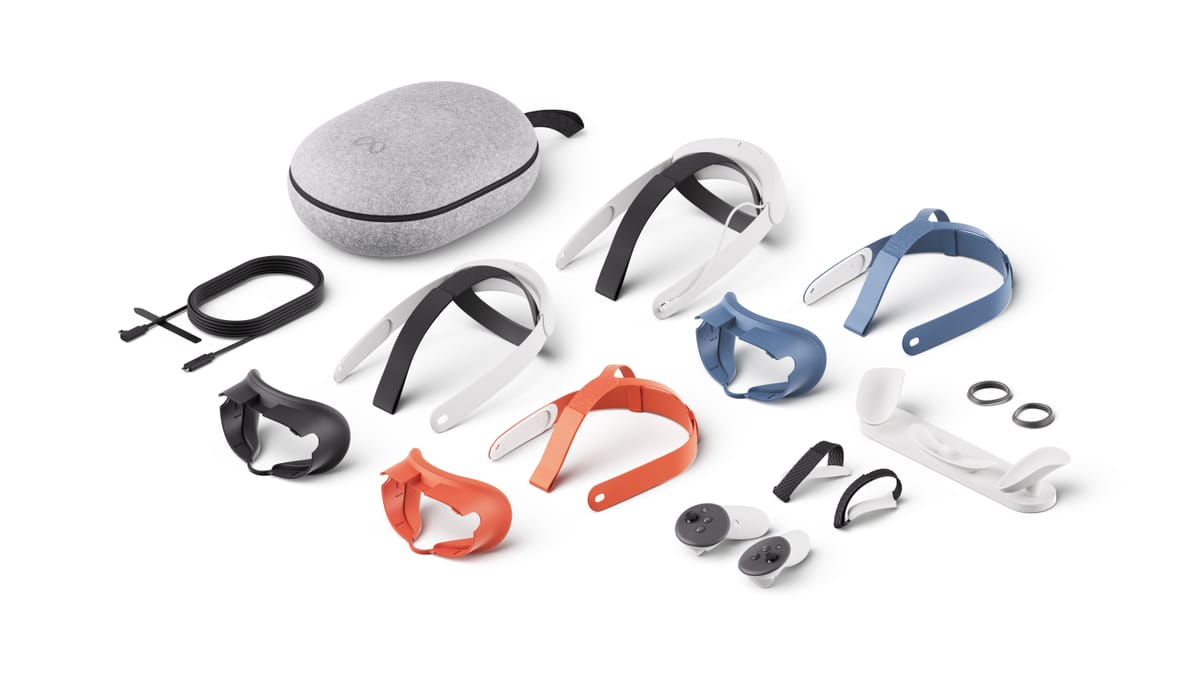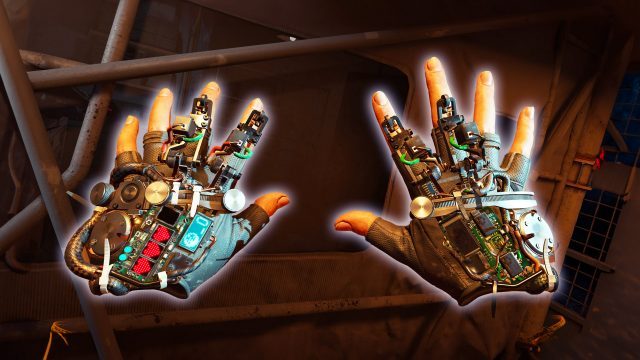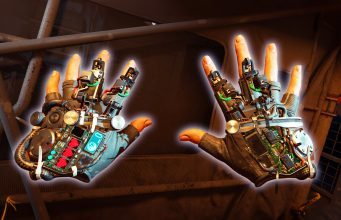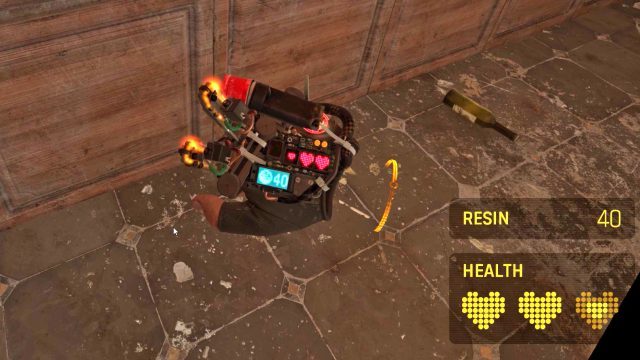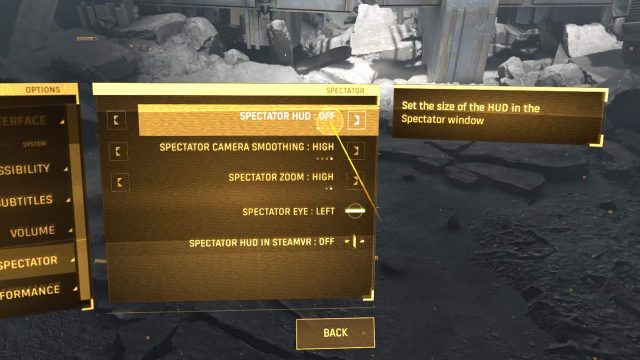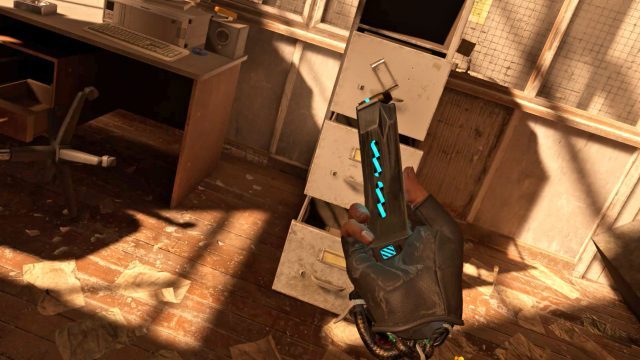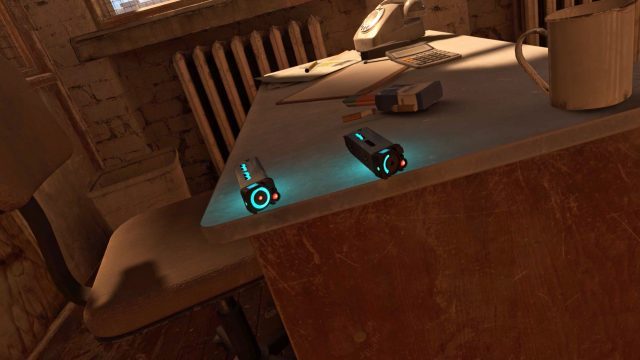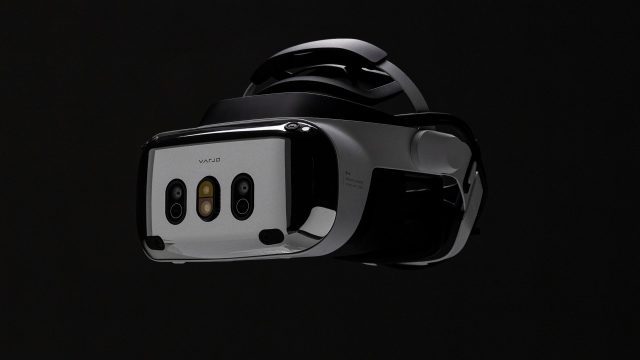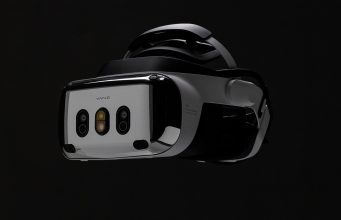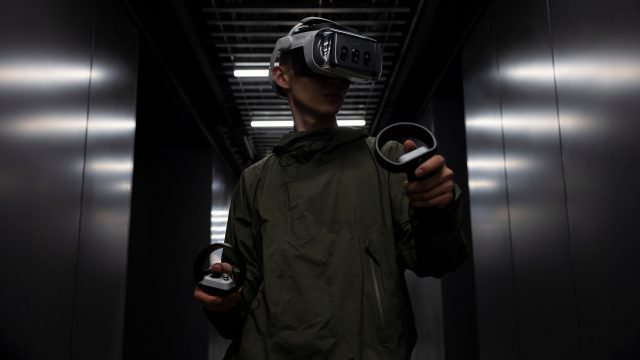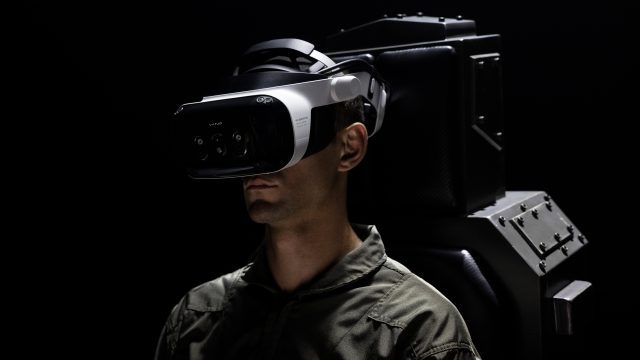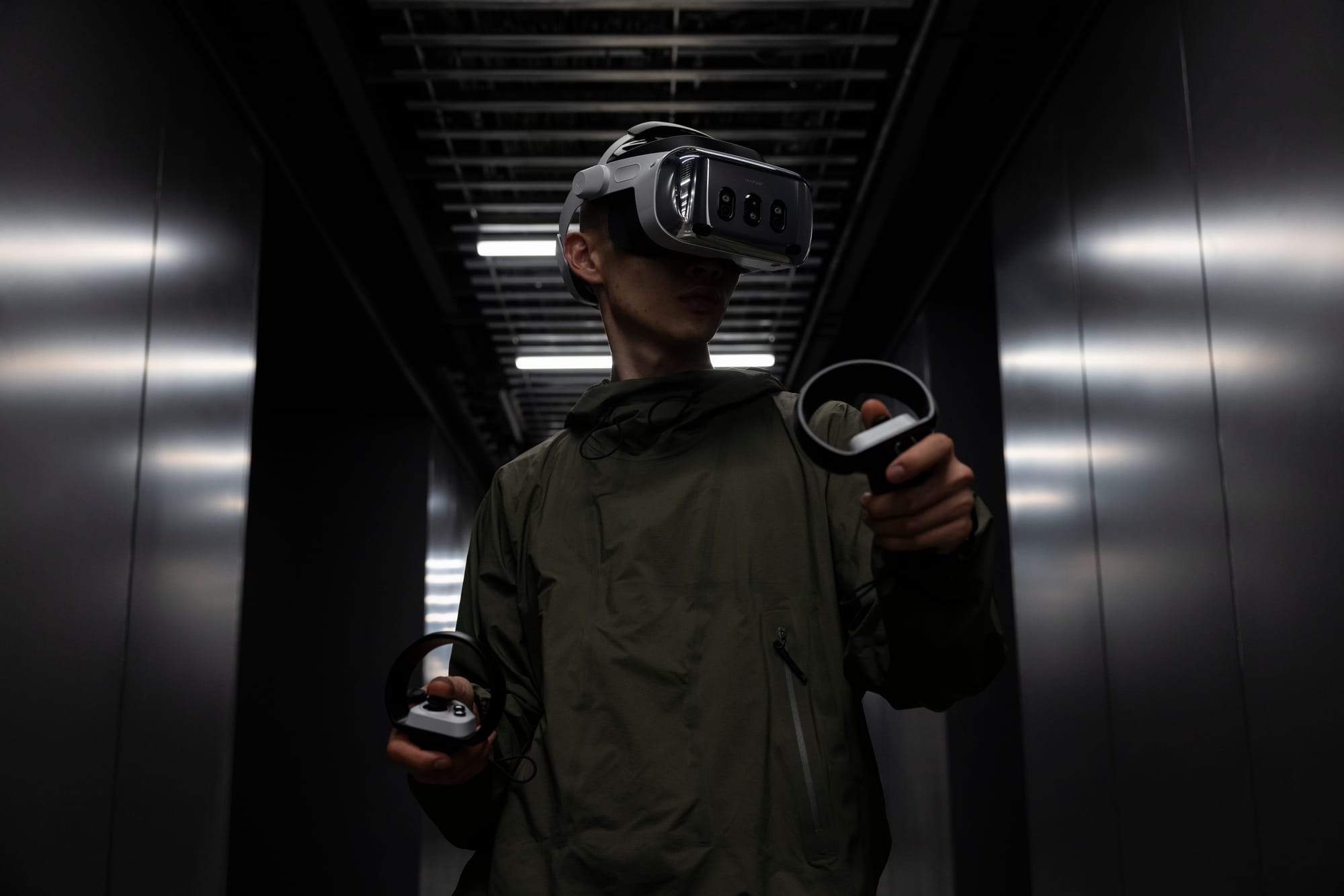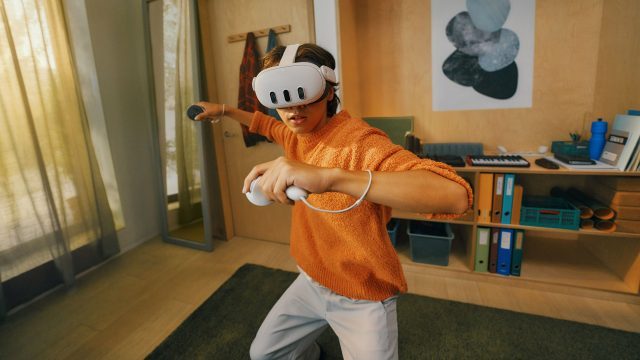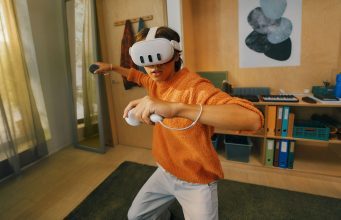Sniper Elite VR: Winter Warrior is available today on Quest, offering a new campaign that feels more like an expansion than a true follow-up.
Sequels often have a tricky task ahead. Significant gameplay departures risk alienating fans, yet sticking closely to the established formula becomes too safe. Two years later, this Sniper Elite VR sequel quickly falls into the latter. Delivering an 8-mission campaign with three difficulty settings, we're back with the Italian Resistance, destroying Nazi 'wonder weapons' around the Gothic Line.
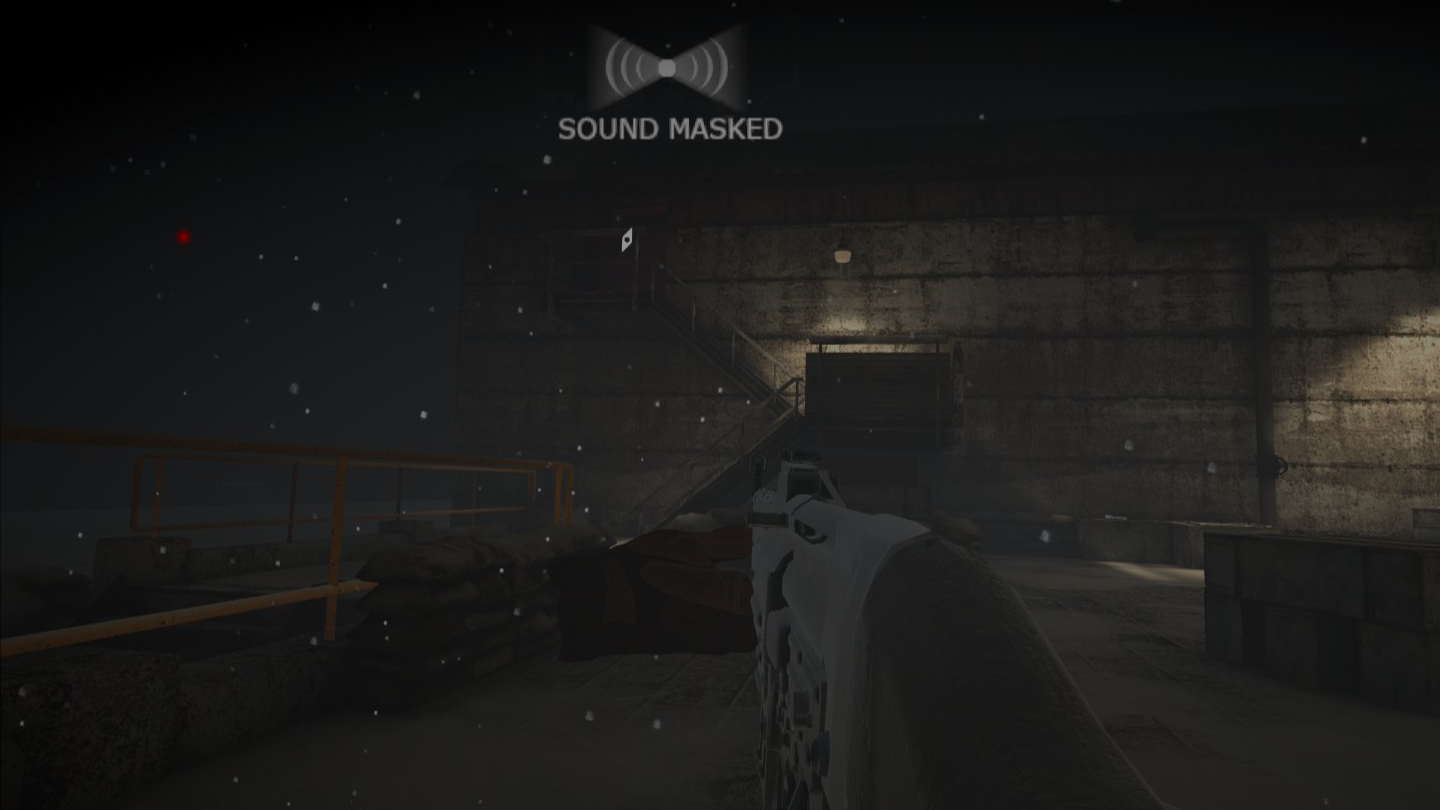
What's immediately apparent is how similar these missions play to the original game. There's decent mission variety between setting explosive charges, sniping targets from afar, or quietly infiltrating bases. While you can take the guns-blazing approach, stealth usually feels more rewarding, often ducking behind crates as enemies do their patrols. It's relatively easy but patience is often crucial. Timing shots with loud airplanes flying overhead can mask your gunfire. Getting through undetected left me feeling a sense of accomplishment.
Like before, Winter Warrior includes optional objectives that award stars, like achieving five stealth kills or killing a key target with a non-scoped rifle. The added challenge creates some nice replayability, and unlike the first game, progression is no longer gated behind earning these stars – no more forced replays to advance. Collectibles like letters from home also fill these missions, though I never felt compelled to find them.
That familiarity also extends to gunplay, though new weapons like the M1A1 Thompson SMG and M1 Garand rifle add some appreciated variety with manually reloading weapons, alongside pistols, shotguns and explosives. Like before, Rebellion and Just Add Water aren't trying to create a realistic sim, though the general process involves grabbing ammo, discarding your previous clip and manually reloading your weapon. Winter Warrior balances reloading with keeping action suspenseful well. I only wish bullet fire didn't look like basic white lines, though.
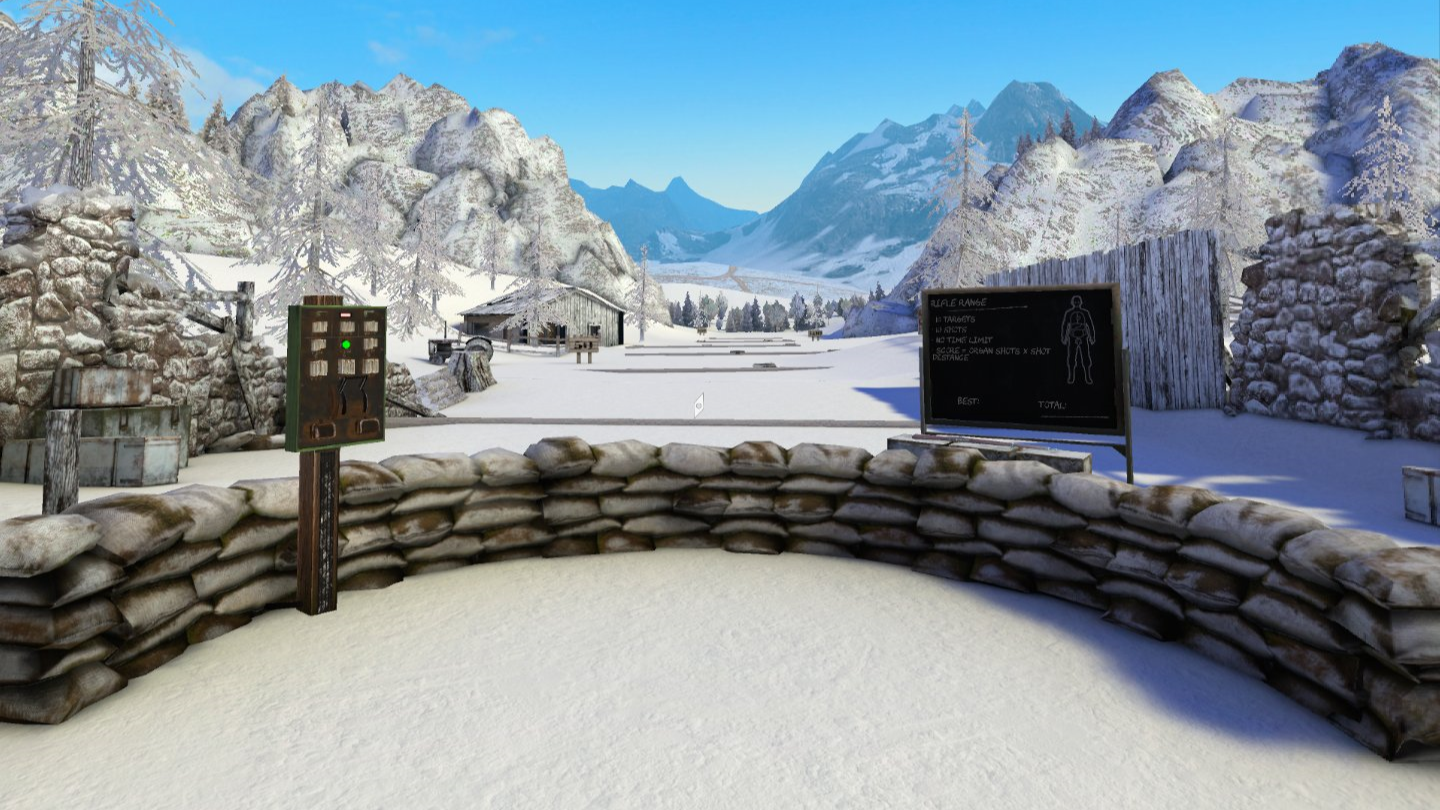
Ranged combat remains a highlight in Winter Warrior. Looking through the rifle scope and picking off distant enemies is great fun, while the manual reloading system reinforces how much every shot counts. Watching Nazi skulls or vital organs get obliterated in Sniper Elite's famous X-ray kill cameras never gets old, either. Not much has changed from before but in this instance, I don't mind.
The change of scenery is nice, but environment interactivity is unfortunately minimal. Hands still go through crates and other objects, often breaking immersion. Items like snowballs can be thrown as distractions, but only from pre-fabricated ones left in set locations. It’s disappointing to be surrounded by snow, but unable to scoop up snowballs with your own virtual hands.
A handful of graphical glitches didn't help, like guns floating in the air or an enemy glitching out after being killed on stairs. I’m told this falls under known issues that will be fixed “soon after release,” but that presently leaves the campaign feeling unpolished.
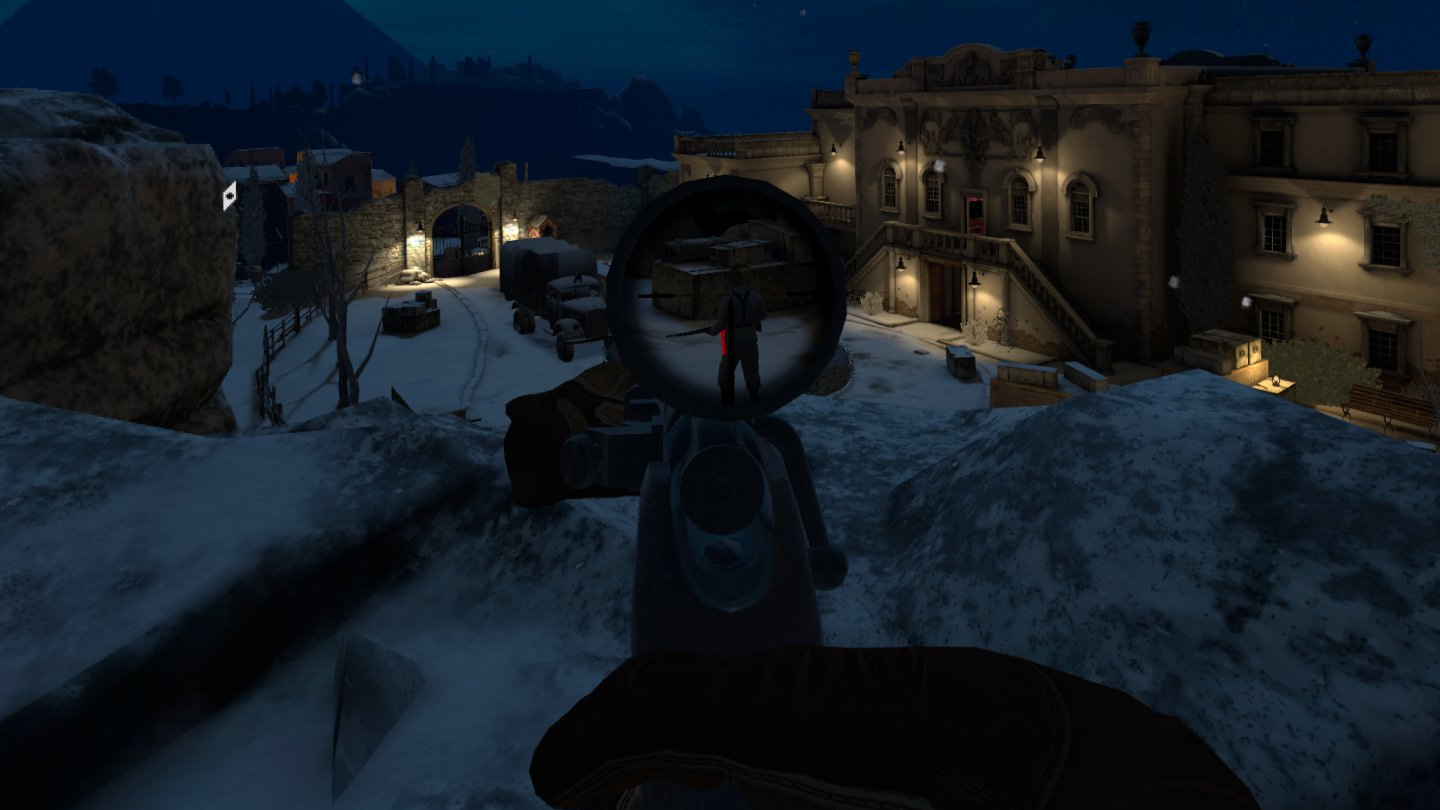
At least Winter Warrior looks better than the original game on Quest 2. I still remember rubble looking surprisingly flat in the first game's opening mission. Several low-res textures were noticeable in Winter Warrior, even on Quest 3, but it's a step up from before.
Sniper Elite VR: Winter Warrior - Comfort
Winter Warriors begins by selecting your dominant hand, offering pre-determined comfort categories that can be customized. Stick-based artificial locomotion or teleportation movement are available, along with adjustable smooth/snap-turning, head/hand direction options and vignetting with adjustable strength.
You can choose the offset of your belt and belt size. Realistic and basic scope modes are supported. You can adjust grip settings for grabbing items. Manual reloading can be turned off for automatic reloads. Aim and tracking smoothing can also be applied to anyone with unsteady hands.
Controller vibration strength is adjustable, and you can activate support for ProTube VR accessories and bHaptics. The HUD can be turned off entirely or reduced. Sniper Elite's famous X-ray kill cam can also be turned off and you can adjust how often the kill cam appears.
Regarding wider accessibility, Winter Warrior includes different sliders for music volume, and subtitles that can be turned on with different color fonts. Six different colorblind settings are available for Deuteranomaly, Deuteranopia, Protanomaly, Protanopia, Tritanomaly, or Tritanopia. The HUD can be turned off entirely or reduced, though mission designs feel better suited to using it.
Winter Warrior's two new modes are also entertaining extras. 'Sniper Hunt' is a game of cat and mouse, initially boxing you into one location as you kill Nazi infantry before luring out the Sniper. Once they appear, staying still is a death sentence thanks to one hit kills and defeating them opens up the map. It's a great mode that adds some necessary variety, though I wish it supported multiplayer.
As for 'Last Stand,' this survival mode pits you against increasing enemy waves. Rigging traps and fending off enemies was enjoyable enough but I preferred the suspense that Sniper Hunt introduces.
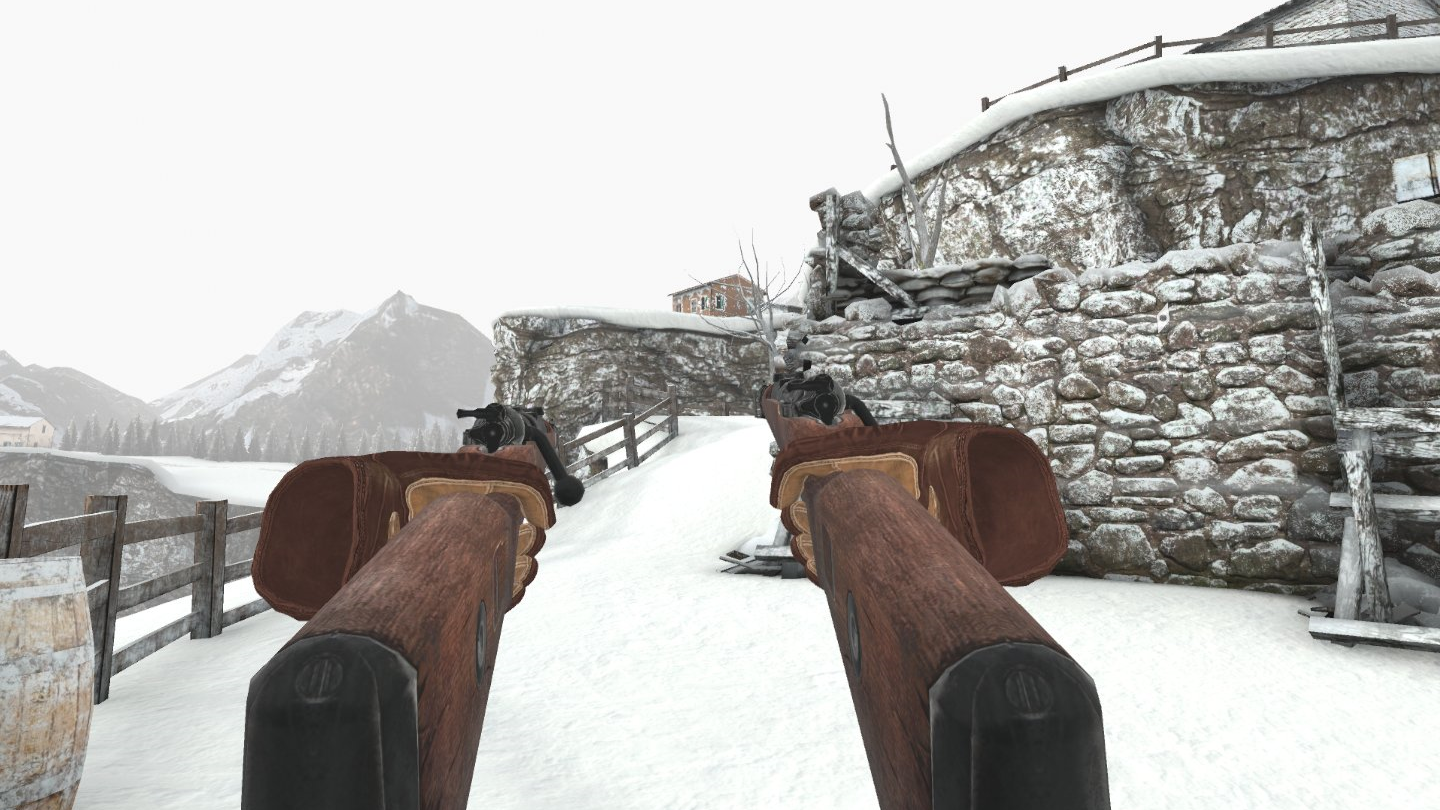
Sniper Elite VR: Winter Warrior Review - Final Thoughts
Sniper Elite VR: Winter Warrior feels more like an expansion pack than a true sequel. There's an enjoyable but brief new campaign, new modes offer welcome variety, and staring down the scope to shoot Nazis feels great. However, very little has otherwise changed, while poor environmental interactions and odd design choices detract considerably from the immersion. If all you want is more Sniper Elite VR content, Winter Warrior delivers but it's a missed opportunity for improvement.

UploadVR uses a 5-Star rating system for our game reviews – you can read a breakdown of each star rating in our review guidelines.
from UploadVR https://ift.tt/rSoh2QY
via IFTTT
